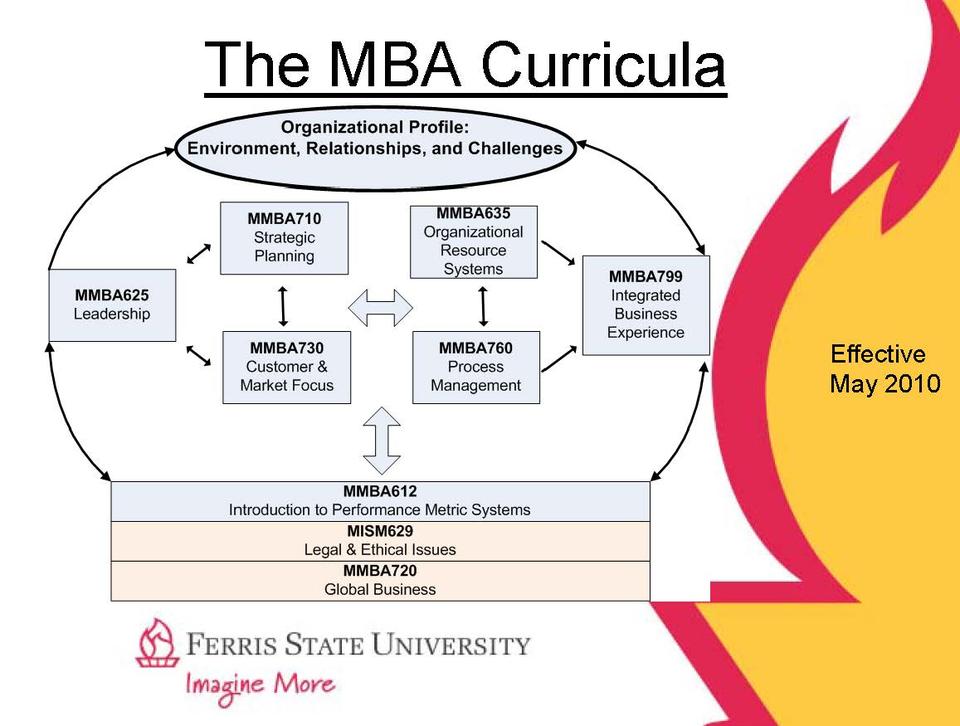Blogrige
The Official Baldrige Blog

Much has been discussed about the value of tomorrow's leaders learning about the Baldrige Criteria for Performance Excellence while still in school.
As an example, I remember listening to a presentation by Bruce Kintz, president of Concordia Publishing House, a 2011 Baldrige Award recipient, about how he remembered that the Baldrige Criteria were part of his leadership training when he came to the struggling publish house; as a new president, he implemented the Baldrige Criteria and turned the organization's future around.
Over time, the Baldrige community has worked hard to plant the seeds of Baldrige in academia through dedicated professors with Baldrige examiner experience, presentations, participation at conferences (in fact, my colleague recently staffed a Baldrige booth at the Accreditation Council for Business Schools and Programs conference), LinkedIn groups, and meetings with deans and professors, among other initiatives. But like anything today, more brand name awareness, more education, and more proof of outcomes are always needed.
As students are one of the largest groups that contact the Baldrige Program's customer service line, we recently developed a "Criteria 101" document (found on the Baldrige website's home page under Popular Links) that specifically answers their what, how, why, and where questions in simple language. We've also been reaching out to professors, as time allows, to ask how and why they teach the Criteria and what the Baldrige Program might provide to support them.
We've learned that professors who teach the Criteria, most often
- use them as a management and/or self-assessment tool, often asking students to assess a Baldrige case study or their own organizations (either dreamed up or real)
- start with the Organizational Profile and then ask students to develop strategy and deployment, with objectives and metrics, until they can build an organizational system and understand its complexities and needs for alignment
- review Baldrige case studies (including scorebooks) from a variety of sectors, as well as actual Baldrige Award recipients' application summaries and profiles
- practice the Baldrige approach-deployment-learning-integration (ADLI) and levels-trends-comparisons-integration (LeTCI) approaches, and then ask students to offer organizational improvement suggestions
- view Baldrige multimedia on YouTube and flickr
- use Baldrige self-assessment tools such as Are We Make Progress? and easyInsight: Take a First Step Toward a Baldrige Self-Assessment
- focus on the Criteria's Core Values as the basis for an assessment project, requiring students to extract the relevant themes from the Core Value descriptions and use them as a basis for assessing their own organizations
- help students to realize a performance excellence initiative for their own organizations
According to Ferris State University professor Dr. Anita Fagerman, a current examiner for Baldrige-based Michigan Performance Excellence, there is great value for students in learning about the Baldrige Criteria: "The Criteria are so important to assessing an organization to determine where you’re at and where you want to be. . . . [Use of the Baldrige Criteria] is all encompassing, cross-cutting. It keeps an eye on the money at the same time as addressing business concepts." She added that teaching the Organizational Profile yields some of the best insights from students.
Dr. Britt Watwood, who teaches an online interdisciplinary doctorate program on leadership at Creighton University and who is a former examiner and judge for the Baldrige-based Georgia Oglethorpe Award, said, "What always impressed me about Baldrige is not that it tells you how to do quality but asks you the right questions that drive the thinking that leaders need. Quality is just the lens that helps leaders become better. I can think of no better lens for leadership than Baldrige." He added, "I would continue to use the Criteria for leadership questions about quality . . . because the Criteria are well thought through, and the systemic approach is what really grabs the students' attention."
Dr. Jim Evans, a professor at the Carl H. Lindner College of Business at the University of Cincinnati and former Baldrige judge and examiner, has collected reflections from his masters' of health administration students on learning about Baldrige:
It is my personal goal to attempt to receive the Baldrige Award, whether as a CEO or merely as a person working for a company attempting to improve itself through the Baldrige process.
I anticipate that my in-depth training in the Baldrige process . . . will be a real asset to me and as well as my organization as we begin our own journey toward excellence.
The last page of the "Criteria 101" document contains information that deans and professors who may not have looked at the Criteria for years—even decades—may find of interest. In fact, these links were recently shared with a dean at the Yale School of Business who said he felt that his colleagues' knowledge on Baldrige should be refreshed. So, please help in planting and sowing the seeds of Baldrige with tomorrow's leaders. Feel free to share the "Criteria 101" document with professors in higher education in your area, and we will keep sharing, too. And if you teach Baldrige or can share pearls of wisdom on how to encourage deans and other professors to take a second look at the Criteria, please share!
About the author
Related Posts
Comments
- Reply





